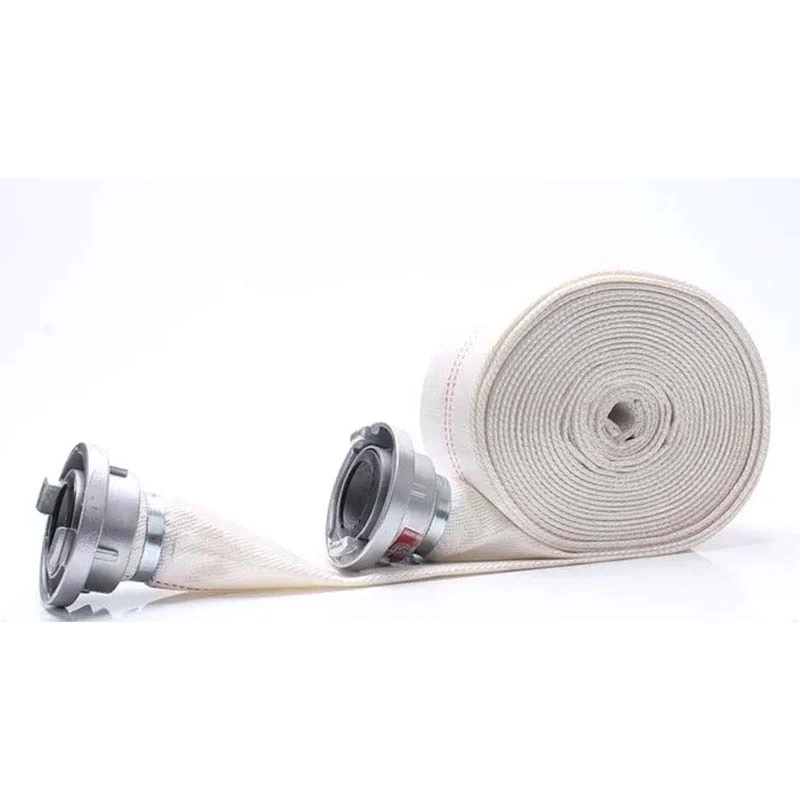Comparing Braided Hoses with Standard Hoses for Optimal Performance and Durability
Braided Hose vs. Standard Hose A Comprehensive Comparison
When it comes to fluid transfer systems, hoses play a crucial role in various applications, from automotive to industrial uses. Two popular types of hoses are braided hoses and standard hoses. Each has its own unique characteristics, advantages, and disadvantages, making it essential to understand the differences to choose the right option for your needs.
What is Standard Hose?
Standard hoses are typically made of rubber or PVC materials, designed to handle various fluids under specific conditions. They often come in various diameters and lengths, making them versatile for many tasks. Standard hoses are commonly used in applications such as gardening, construction, and even automotive fluid transfers. They are lightweight, easy to handle, and usually more affordable than their braided counterparts.
However, standard hoses can be less durable when exposed to high pressures or temperatures. The construction of these hoses is often more susceptible to kinks, abrasions, and bursts when under stress. This can limit their effectiveness in certain applications, making them a less reliable choice for some users.
What is Braided Hose?
Braided hoses, on the other hand, are engineered to provide enhanced durability and flexibility. They are constructed with an inner tube, usually made of rubber or synthetic material, and reinforced with a woven mesh of fibers, such as stainless steel or nylon. This braiding provides strength and allows the hose to withstand higher pressures and temperatures without compromising its integrity.
The versatility of braided hoses makes them suitable for high-performance applications, including in racing cars, hydraulic systems, and industrial machinery. They offer superior flexibility and can bend around corners without kinking, making them easier to install in tight spaces. Their robust design also allows them to resist abrasions and damage, extending their lifespan compared to standard hoses.
Key Differences
1. Construction and Material The primary difference lies in their construction. Standard hoses often consist solely of rubber or PVC, while braided hoses have an additional layer of reinforcement, making them more robust and durable.
braided hose vs standard hose

2. Pressure and Temperature Resistance Braided hoses excel in high-pressure scenarios, often rated to withstand pressures many times greater than standard hoses. They can also handle extreme temperatures more effectively, making them ideal for industrial applications.
3. Flexibility While standard hoses can kink and restrict flow if bent too sharply, braided hoses maintain their shape and flow capacity even in tight spaces. This flexibility can significantly reduce installation challenges in complex systems.
4. Weight and Portability Standard hoses are generally lighter than braided hoses, which may be a consideration for applications requiring frequent handling or mobility.
5. Cost Standard hoses tend to be more affordable than braided hoses. However, the upfront savings on standard hoses may be offset by their shorter lifespan and potential maintenance costs in high-stress situations.
Choosing the Right Hose for Your Needs
When deciding between braided hoses and standard hoses, consider the specific requirements of your application. If you are working in a low-pressure environment or need a hose for casual use, such as gardening or light construction, a standard hose will likely meet your needs without breaking the bank.
Conversely, if your application involves high pressures, extreme temperatures, or requires a hose that can withstand significant wear and tear, investing in a braided hose is a wise choice. The durability, flexibility, and safety offered by braided hoses can provide peace of mind and long-term reliability, even if they do come with a higher initial cost.
Conclusion
In summary, both braided hoses and standard hoses have their places in various applications, each offering distinct advantages. Understanding the nature of your task and the demands placed on your hoses will help you make an informed decision. Whether you prioritize cost, durability, or flexibility, the right hose will ensure efficient and safe fluid transfer for your specific needs.
-
Top Quality Oxy Acetylene Hoses for Sale Fit for Welding DemandsNewsJul.28,2025
-
The Future of Pneumatic Air Tubes in IndustryNewsJul.28,2025
-
Superior and Reliable LPG Hose Pipe Solutions for Every NeedNewsJul.28,2025
-
Exceptionally Durable and Versatile Premium Braided PVC TubingNewsJul.28,2025
-
Best Adapters for Connecting Garden Hose to PVC Pipe ConnectionsNewsJul.28,2025
-
The Essential Role of LPG Hoses in Safe and Efficient Gas DistributionNewsJul.16,2025














